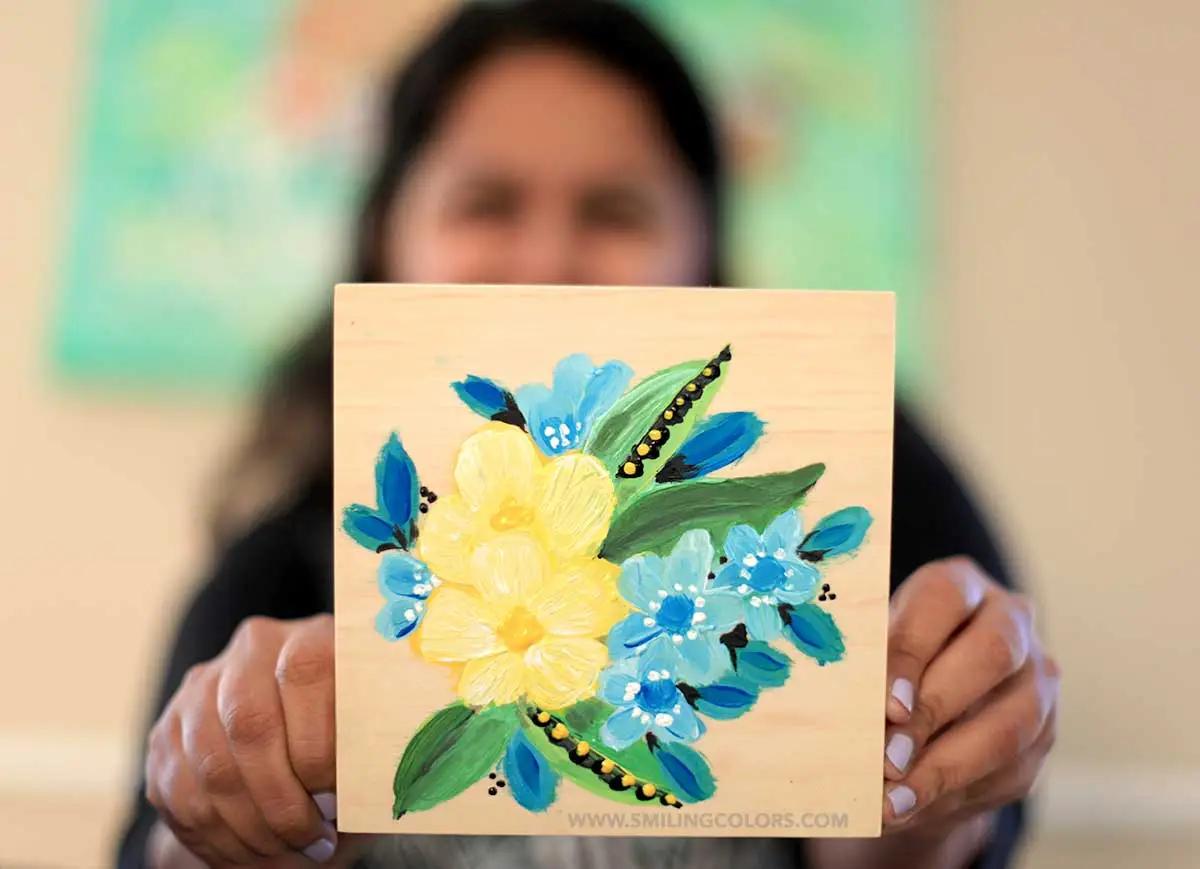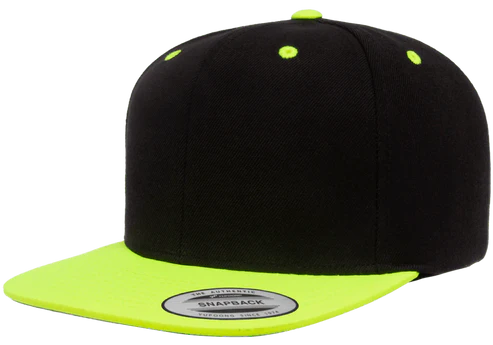Canvas art paintings on wood were a privileged pictorial medium, already in use in the middle Ages. The support, preferably made of poplar wood, was prepared by applying several layers of carefully smoothed plaster before being covered with glue.
The colours, pigments of organic and inorganic origin, were ‘tempered’ with red or egg white and applied onto the finely polished surface in small strokes carefully spread with a brush. The painted surface thus became compact and elastic. Often, to give a particular effect to the painting, the artist ‘polished’ the surface with thin layers of transparent pigment, which reflected the light in proportion to the number, and density of the layers. This operation is called ‘veiling’. Finally, the painter applied a coat of varnish to give compactness to the painting and to protect it from external agents. In some cases, especially in devotional paintings, the leaf of gold with a symbolic function and later also as an ornament. The use of this precious material fell into disuse starting from the mid-fifteenth century. Tempera painting was used for the creation of altarpieces; small devotional paintings intended for private homes, portraits, chests and other furniture and had its maximum flourishing in the fourteenth and fifteenth centuries, gradually yielding in Italy, towards the end of the 15th century and the beginning of the 16th, to paintings that used oil as a medium.
Oil paint, where the pigment is held in suspension in the oil rather than in the egg, gradually became the preferred medium of artists working from the late 15th century, and as such was used by all subsequent painters up to the mid-15th century. of the 20th century.
It seems that this new technique originated in Flanders: in the 15th century highly appreciated paintings by Flemish masters (Jan van Eick, Rogier van der Weyden, Hugo van der Goes) were also known, admired and collected in Italy. Previously, some Italian painters had experimented with this technique, but at first they did not find the right mix.
Although wood panels designed by Famous Artists were sometimes used for oil painting, canvas, whose texture could vary from a very fine-grained surface to a coarser, more grainy one, became the vastly preferred medium. Even the oils used changed and the one most used was almost certainly linseed oil. Among the advantages of oil compared to tempera is the fact that the first dries much more slowly, and this allows the painter to be able to make changes and modifications during the work. As far as the support is concerned, the use of canvas instead of wooden boards allowed easier conservation and use of the paintings, especially the large ones, as they could be rolled up and shipped easily.In Italy, however, both techniques, oil and tempera, were used at the same time; the abandonment of tempera, in fact, was not sudden, even if however oil, when it became the main binder, remained in fact the only medium for mobile paintings, while the fresco continued to be used for wall paintings as on art shop Canvas Art Paintings







